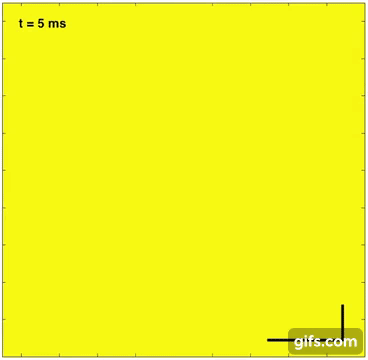
Wonder what the sci-fi future of camera technology will look like? We're betting it will have a lot to do with graphene.
If you haven't heard of it, graphene is a miraculous substance that creates a carbon film that's just one atom thick, yet is about 200 times stronger than steel by weight.
Companies across the world, along with a National Graphene Institute at Britain's Manchester University, have spent the last decade exploring possible commercial uses. And its future applications look like being quite breathtaking.
For example, night-vision windshields on cars might one day be possible, thanks to graphene films using advanced thermal imaging technology, as detailed in this paper.
Now scientists at University of California Berkeley have used a sheet of graphene to visually capture the real-time electrical activity of a beating chicken heart, using a sheet of graphene, as seen in the video below:
This is possible because an electric field affects how graphene reflects or absorbs light. That means when a graphene sheet is tuned properly, the electrical signals generated by a heartbeat are sufficient to change its reflectance.
The research team discovered a way to amplify this signal by adding a thin waveguide below the graphene. They then send laser light into the waveguide through a prism, which reflects off the graphene and bounces around inside the waveguide. The internal reflections inside the waveguide amplify the response of the graphene to the electric field. And this makes the change in reflectance detectable by an ordinary video camera.
Get the Digital Camera World Newsletter
The best camera deals, reviews, product advice, and unmissable photography news, direct to your inbox!
Graphene ‘camera’ captures real-time electrical activity of beating hearthttps://t.co/19hXEIn8jqJune 16, 2021
It's debatable whether this invention should be termed a 'camera', a 'sensor' or something else entirely. But semantics aside, this invention should prove invaluable for studying cells and tissues that generate electrical voltages.
Previously, the only way to do so was using chemical dyes, but that would measure the voltage at only one point only. A graphene sheet, however, measures voltage continuously, across all the organic matter it touches.
Other applications for this groundbreaking technology might include monitoring volunteers undergoing drug trials, to check whether a particular drug causes unwanted arrhythmia, or in brain scans; for instance, to monitor electrical activity in the brains of those with epilepsy.
Read more
World's smallest camera is the size of grain of sand
Best microscopes in 2021
Tom May is a freelance writer and editor specializing in art, photography, design and travel. He has been editor of Professional Photography magazine, associate editor at Creative Bloq, and deputy editor at net magazine. He has also worked for a wide range of mainstream titles including The Sun, Radio Times, NME, T3, Heat, Company and Bella.

